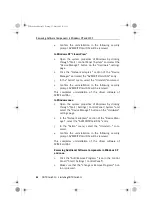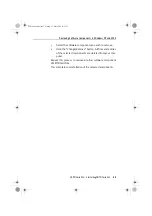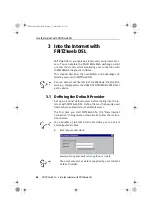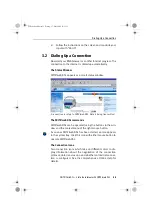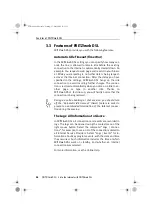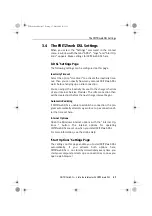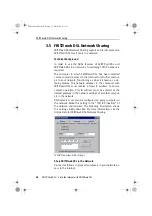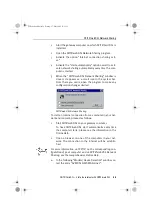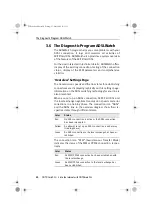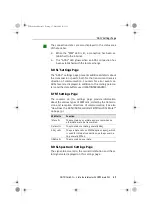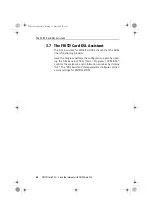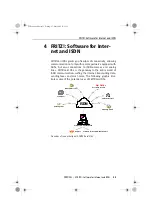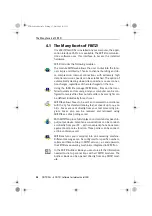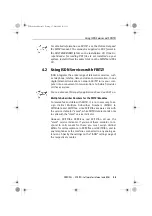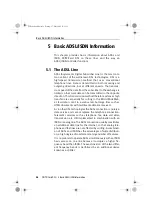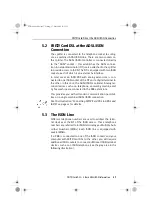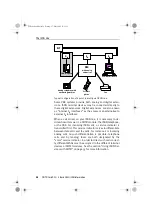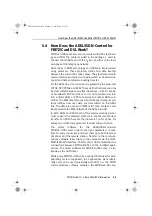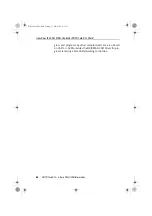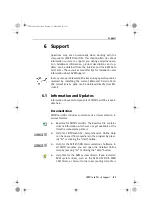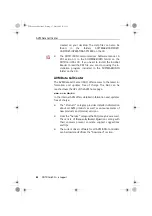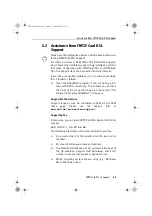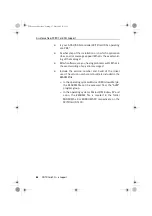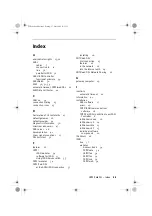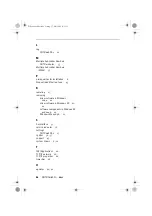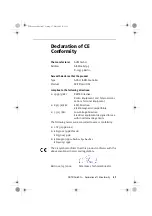
Basic ADSL/ISDN Information
36
FRITZ!Card DSL – 5 Basic ADSL/ISDN Information
5 Basic ADSL/ISDN Information
This chapter provides basic information about ADSL and
ISDN, FRITZ!Card DSL on these lines and the way an
ADSL/ISDN-Controller functions.
5.1 The ADSL Line
ADSL (Asymmetric Digital Subscriber Line) is the most com-
mon variant of the well-known DSL technologies. DSL is a
high-speed transmission method that uses conventional
telephone lines. Data is transmitted in both incoming and
outgoing directions, but at different speeds. The transmis-
sion speed of the data from the subscriber to the exchange is
limited so that more data can be transmitted in the opposite
direction. This transmission method therefore achieves high
transfer rates especially for surfing in the World Wide Web,
as few data is sent to a web server but large files such as
HTML documents with multimedia data are received.
As in other DSL technologies the ADSL connection is purely a
data service and cannot replace the telephone connection.
Telematics services such as telephone, fax, data and video
transmission are still implemented in combination with an
ISDN or analog line. The ADSL connection usually constitutes
an additional data line for the Internet, so that analog tele-
phone and fax lines are not affected by surfing. A combinati-
on of ADSL and ISDN has the advantages of wide distributi-
on, a high degree of comfort and a large number of features.
It is no problem to operate ADSL simultaneously with an ISDN
basic access on one line because it occupies a higher fre-
quency band than ISDN. The exact division of the two differ-
ent frequency bands is performed by an additional device
known as a splitter.
FCdsl-e.book Seite 36 Freitag, 17. Mai 2002 11:55 11

